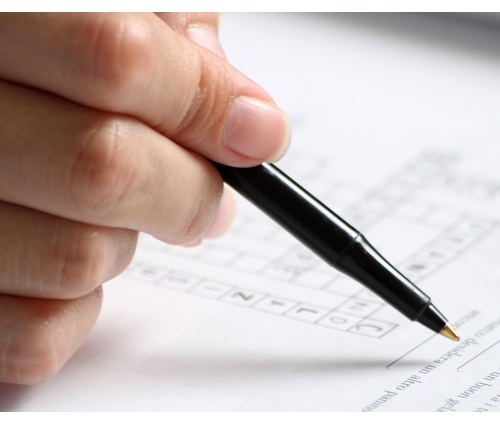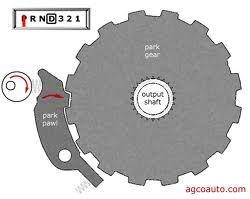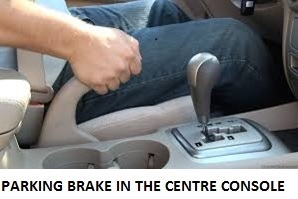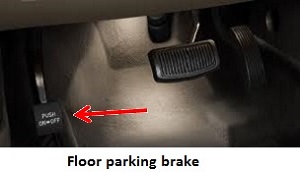
When talking to my students about the parking brake they invariably ask "Is that the 'E' brake" without really knowing for what its real purpose is used.
The 'E' brake (emergency brake) or parking brake to give it its proper name is called the parking brake for a reason: you should use it when you park your car.
When teaching driver education to new students they have to not only require the skill to use the parking brake but also understand why they are using it on their vehicle.
From my experience most people who do use a parking brake are either those who drive standard vehicles or ‘stick shifts’ or are from Europe where usage is more common and understood; North Americans seem to have an aversion to using it and pretend their vehicle doesn't have one fitted.
I have been told more than a few times by students’ parents that "We don't use that THING!"
Many people think you only need to use your parking brake when parking on a hill or if your car has a manual transmission.
This is incorrect; whether your car is a manual or automatic, the terrain is hilly or flat, you should use your parking brake every time you park.
A car is held in park by a device inside the transmission called a parking pawl.
The parking pawl can break or become dislodged and the car will roll away, although there is a low chance this will occur, but it could happen nonetheless.

The parking brake will hold the car in place while it is parked and will help protect the transaxle, constant velocity joints, and transmission.
A parking brake is capable of a stronger hold than only putting the car in “park”, which of course you still need to do when you park your vehicle. Additionally, if your car was hit while parked, the parking brake would provide further stability, lessening the risk of your car rolling away. You should set the parking brake while your foot is still on the brake pedal and before shifting into park, this reduces the strain on the parking pawl.
Parking brakes can be hand-operated levers located in the center console, foot operated on the floor, sometimes on the dash and operated electronically in newer vehicles.


To set the hand operated parking brake, pull up on the lever and you will hear a clicking sound, to release the parking brake, press the button on the end of the brake handle and lower the lever. In vehicles where the parking brake is operated by foot, the pedal is located on the far left side of the driver’s pedal area. To set the brake, push firmly on the pedal with your foot until you hear it clicking.
Depending on your vehicle, there are a number of ways to release the parking brake on the floor. In some vehicles, the pedal is pushed again with your foot and is released; in other vehicles you must pull on a brake release lever located near the parking brake pedal; if in doubt check your owner’s manual.
For electronic parking brakes see:
http://www.thecarconnection.com/news/1050069_electronic-parking-brakes-whats-the-point
Don't forget to disengage the parking brake before driving again, (see dashboard icon). It is obviously not good for your car and could be embarrassing for you.
Setting the parking brake when you park and disengaging the parking brake before you drive should become a good habit, so you should never forget to do either part.
Remember the old adage "If you don't use it, you will lose it"
References:http://www.driversedguru.com/





